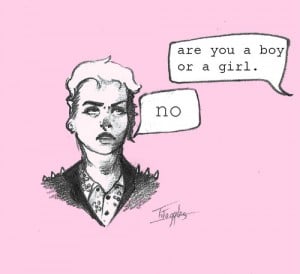In 1619, when the first Africans were brought to the British colonies by ship to Jamestown, Virginia, they held the legal status of servant.
But as the region’s economic system became increasingly dependent on forced labor, we descended into slavery.
The institution of American slavery developed as a permanent hereditary system centrally tied to race. Millions of black people were forcibly taken from Africa, crammed on ships, and brought to the Americas through a dangerous and deadly journey that crossed the Atlantic. Millions died.
Once on our shores, slavery deprived the enslaved person of any legal rights or autonomy and granted the slave owner complete power over the black men, women, and children legally recognized as property.
An ideology of white supremacy, a narrative of racial difference, was created to rationalize and justify the continuation of slavery.
American slavery was often brutal, barbaric, and violent. In addition to the hardship of forced labor, enslaved people were maimed or killed by slave owners as punishment for working too slowly, visiting a spouse living on another plantation, or even learning to read. Enslaved people were also sexually exploited.
The United States Congress finally banned the importation of slaves from Africa in 1808. Slavery was widely considered a gross human rights violation, yet enslavement was retained and persisted.
The 1808 Declaration caused the demand for slave labor to skyrocket in the lower south and the domestic slave trade grew to meet this demand.
Between 1808 and 1860, the enslaved population of Alabama grew from less than 40,000 to more than 435,000. Slave traders chained African Americans together in coffles, and forced them to march hundreds of miles from the upper south to the lower south.
Steamboats carried slaves along the Alabama river. Rail routes constructed with slave labor brought hundreds of enslaved people to Montgomery, Alabama every day, turning the city into one of the largest slave trading communities in the United States.
Enslaved people would be paraded up Commerce Street to slave warehouses and slave depots. The city’s slave market was at the Artesian Basin, now known as Court Square. Enslaved people of all ages were auctioned along with livestock, standing in line to be inspected. Public posters advertising the sale of slaves included gender, age, skill, complexion, owner’s name, and price.
Slavery in America traumatized and devastated millions of people. Husbands and wives, parents and children could not protect themselves from being sold away from each other. Enslaved families were separated at an owner’s or auctioneer’s whim, never to see each other again. The domestic slave trade separated nearly half of all enslaved people from their spouses and parents.
In 1833, the Alabama legislature banned free black people from residing in the state, meaning that enslavement was the only legally authorized status for African Americans.
Even as the Civil War raged, slave trading in Montgomery flourished well into the mid-1860s. After the Confederacy’s surrender in 1865, Congress passed the 13th Amendment, which prohibited slavery nationwide, except as a punishment for crime.
But in many former slaves states slavery did not end, it simply evolved.
Southern whites angry after losing the war targeted black people who were largely abandoned by the Federal Government in the 1870s. For decades black men, women, and children were tortured, terrorized, and killed by mobs and violet lynchings, oppressed by a system of racists laws and customs.
For another 100 years black people were racially segregated, denied the right to vote, education, and basic dignity. They were humiliated, beaten, or killed for minor offenses, or for protesting. The Civil Rights Movement of the 1950s and ’60s helped to end legally authorized racial segregation, but racial bias still persists.
Today a presumption of guilt is a sign to many people of color who are disproportionately arrested, convicted of crimes, and sent to prison. African Americans are six times more likely to be sentenced to prison for the same crime as a white person.
One in three black males born today can expect to spend time in prison during his lifetime. Police violence against black people is so epidemic that civil rights demonstrations have shut down cities across the U.S., as thousands of people march to protest police brutality.
Many states celebrate the era of slavery with Confederate holidays, and by honoring the defenders and architects of slavery, while ignoring the history of enslavement.
The Equal Justice Initiative believes that racial bias remains a serious problem, and is a direct and lasting legacy of American slavery and our failure to deal with a history of racial injustice.
The Equal Justice Initiative seeks to foster an honest conversation about the legacy of slavery, about mass incarceration, and racial inequality and how it still affects millions of people today.
We can confront and overcome bias and discrimination. Please join us in this conversation, so that we can move forward together.




















